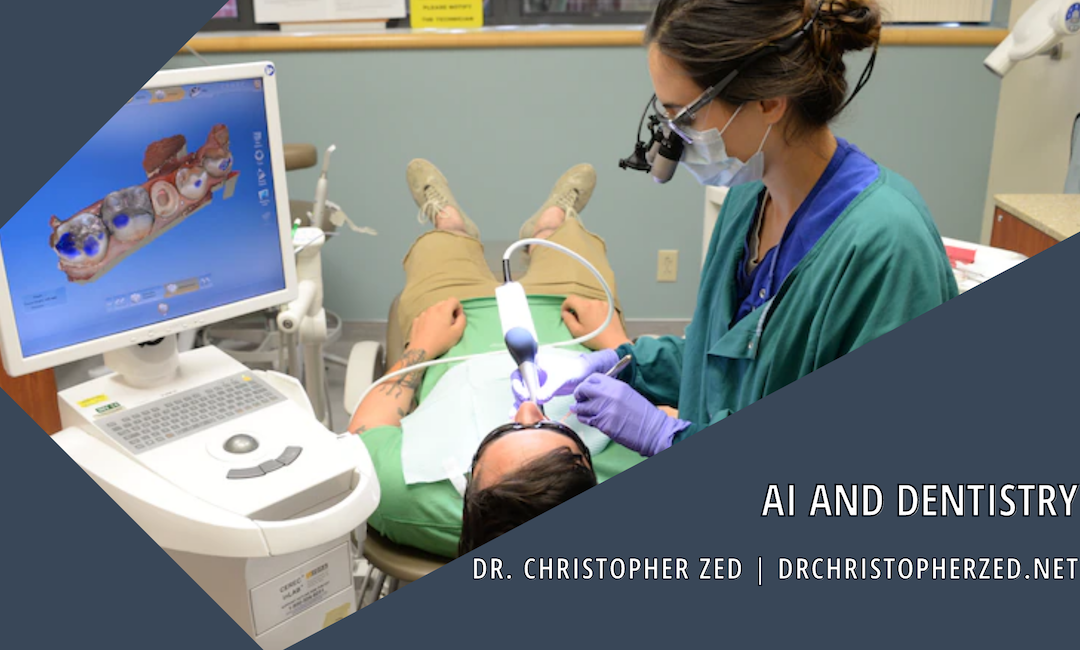Artificial intelligence (AI) is defined in many ways, from broad to specific. Essentially, AI is defined as a computer program’s ability to mimic humans’ ability to adapt, learn, and problem-solve within a changing environment. It does so by using computer vision, machine learning, and neural networks.
Within the discipline of Dentistry, AI now has the capability to go beyond the capabilities of humans in certain aspects while providing unprecedented levels of support alongside clinicians, such as real-time feedback to gauge the effectiveness of different treatment types.
There are two prominent examples of AI within the dental field. They are known as artificial neural networks (ANNs) and convolutional neural networks (CNNs). Artificial neural networks are meant to simulate the functioning of the human brain. Inputs are provided to the network along with an error function. The algorithm makes a prediction and learns how to produce the desired output by backpropagation. This is the method by which neural networks learn. It tells the network whether it made a mistake after it makes the prediction and then explains why it was wrong. This is how the network learns and gets smarter. The practical applications touch nearly every industry, including finance, education, and communication.
Unlike ANNs, CNNs are made up of many connected layers, each composed of neurons. The final, connected layer is called the output layer, and it represents the predicted output. This technology was developed because of advancements in deep learning and computer vision. In the Dental industry, CNNs are exceptionally adept at image diagnostics.
Some of the illnesses that AI can detect in the field of dentistry include periodontal disease and tooth decay. In the past, dentists relied on tactile examinations and radiograph analysis in order to diagnose changes in tooth morphology, restoration, and decay. This type of analysis is contingent upon the skill level of the practitioner. By introducing AI, there is another set of eyes that can provide a more efficient diagnosis.
AI also improves the detection and classification of imagery by deciphering an image and searching for inputted variables such as the location and name of a target, and making periodontal predictions.

